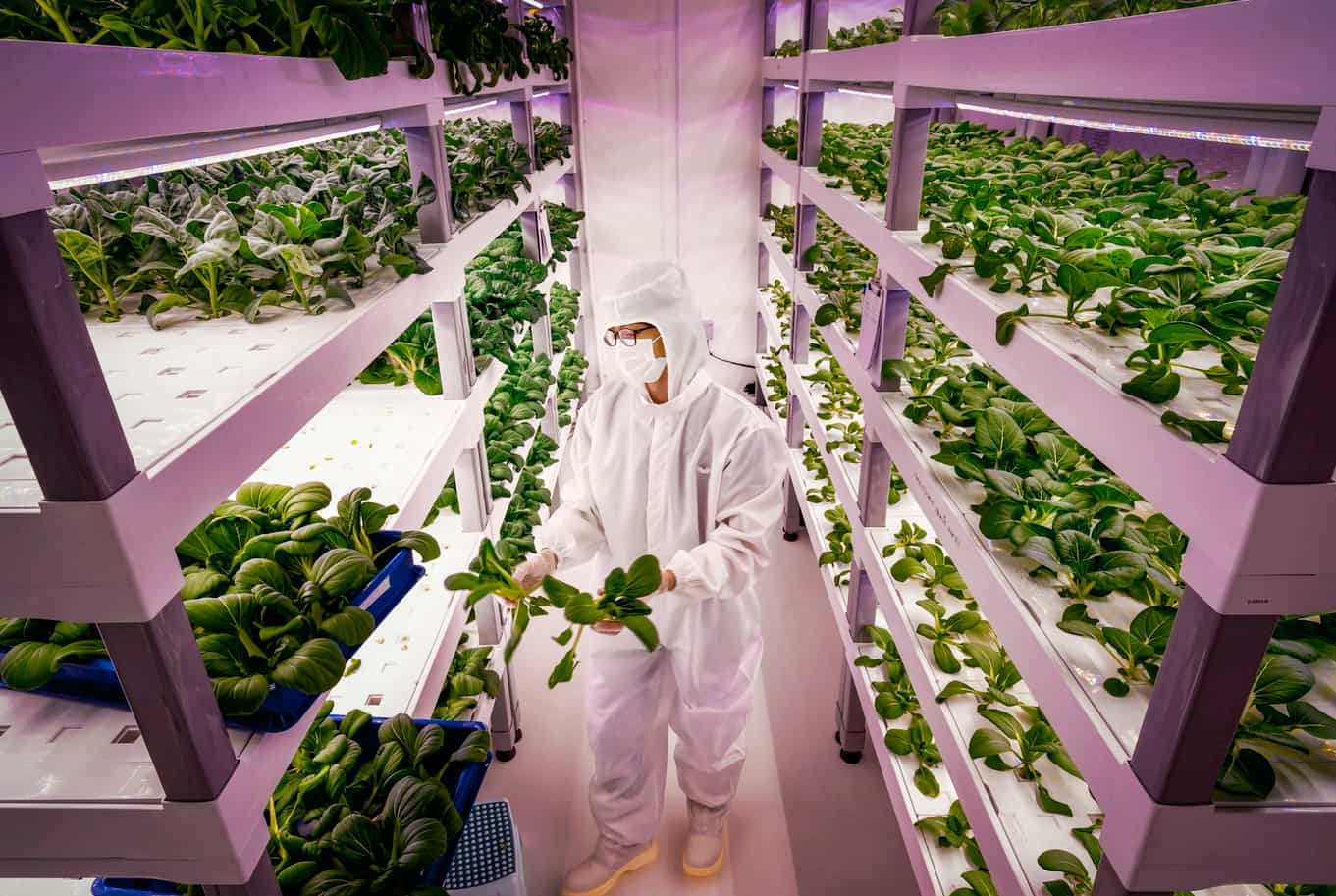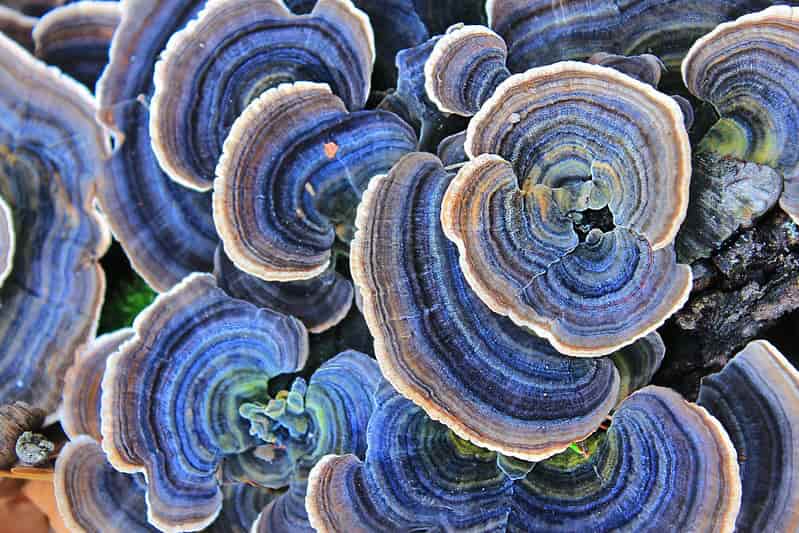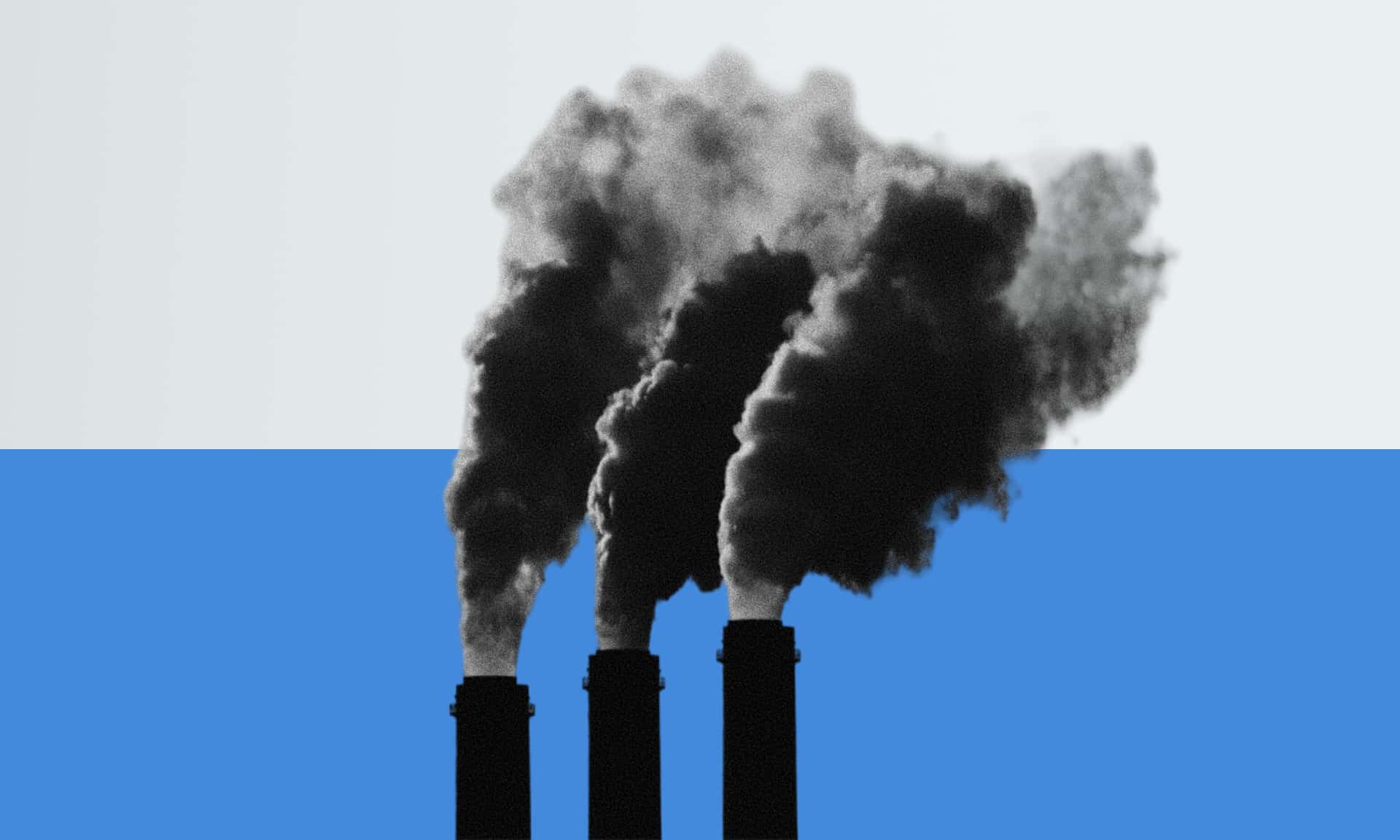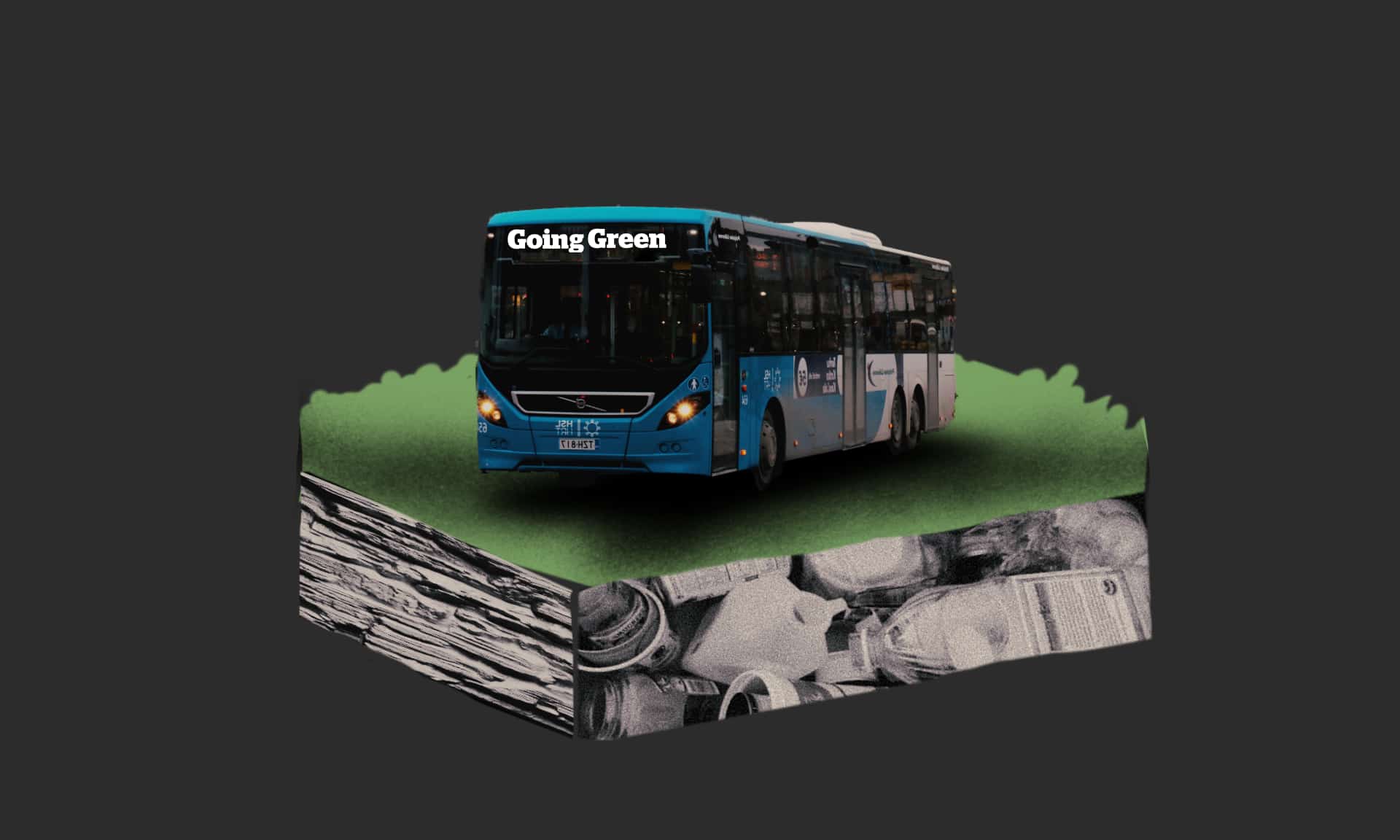Unlocking the Power of a Thriving Bioeconomy
The bioeconomy offers a promising solution for mitigating climate change and promoting sustainability, but only with smart policy interventions.

As we face the pressing issue of climate change, it’s clear that we need solutions that are both sustainable and equitable. That’s where the concept of a bioeconomy comes in.
By harnessing renewable resources, a bioeconomy has the potential to not only help mitigate emissions, but also support communities that have been historically marginalised, such as forest dwellers, farmers and indigenous populations.
However, in order to fully realise the benefits of a bioeconomy, we need to ensure that it is supported by smart policies.
Clean Power Generation
Generating clean power is a key aspect of building a sustainable bioeconomy. One way to do this is through the use of biomass, which can be transformed into biogas through a process called anaerobic digestion. This involves collecting biomass from sources like minor forest produce and farm stubble, and then treating it in the presence of certain bacteria to produce methane.
But that’s not all. The biogas produced from biomass can also be used to generate electricity. After removing impurities, the biogas can be burned in gas turbines to produce electricity.
If you’re looking to reduce emissions from coal-fired power plants, you can even blend biomass pellets with coal to create a cleaner-burning fuel.
Clean Power Storage
Storing clean power is a crucial aspect of transitioning to a renewable energy future. While sources like solar and wind are renewable and clean, they are also intermittent, which means that there are times when they might not produce enough energy to meet demand.
That’s why energy storage is so important. It helps to ensure that there’s a steady supply of power even when the wind isn’t blowing or the sun isn’t shining.
And that’s where biofuels come in. They offer a promising solution for long-term storage of renewable power. Surplus energy generated during peak hours or sunny months can be used to produce biogas or bioethanol. And when demand is higher than supply, these biofuels can be burned to generate electricity.
In addition to helping balance supply and demand, biofuels also promote the idea of carbon neutrality and can play a crucial role in helping countries reach their net-zero emissions targets. For example, bioethanol made from materials like sugarcane molasses can be used in flex fuel engines to reduce emissions from vehicles.
Countering Climate Change
Countering climate change is a crucial challenge of our time, and the bioeconomy has a lot to offer in this effort. One of the major problems facing cities is the formation of Urban Heat Islands (UHIs), which occur when densely populated areas become much hotter than the surrounding rural areas.
To address the issue, there are two innovative approaches that can be utilised: vertical farming and aeroponics.
Vertical farming refers to a method of growing crops in vertically stacked layers using controlled-environment agriculture techniques. This approach offers a way to maximise crop yields in a limited space, using techniques such as hydroponics, lighting, temperature control, and nutrient delivery systems.
Aeroponics, on the other hand, is a system of growing plants in an air or mist environment, without the use of soil. This method utilises a fine mist of nutrient-rich water to provide plants with the necessary elements for growth, while also allowing for maximum oxygenation of the roots. This results in a more efficient use of water and nutrients, and can lead to faster growth and higher production.
Another important aspect of countering climate change is sequestering carbon dioxide (removing carbon dioxide from the atmosphere and storing it in a solid or liquid form). This can be done in a number of ways, such as using carbon dioxide from industrial processes to promote plant growth in controlled setups.
By planting forests using techniques like Miyawaki, a method of planting forests densely with native species, we can help to increase carbon sequestration and moderate temperatures. In arid areas, bamboo plantations can be used to conserve water and sequester carbon (remove carbon dioxide from the atmosphere), as well as provide materials for the incense industry.
Mangrove alliances, partnerships between communities, governments, and organisations to conserve and restore mangrove forests, can also play a role in mitigating the effects of climate change. By promoting the growth of mangroves, we can increase carbon sequestration, reduce coastal erosion and reduce damage from floods and cyclones.
Instead of incinerating agricultural waste, it can be converted into fertilisers using bio enzymes and decomposers, creating a “Waste to Wealth” cycle.
Policy Interventions
To fully realise the potential of a sustainable bioeconomy, it’s crucial for governments to take the lead. Policy interventions are key to making this happen. Here are some ideas for how to get started:
Make bioeconomy a priority: It should be included as a key component in national green missions and made a priority for investment and funding.
Use bonds to finance bioeconomy projects: Governments could issue sovereign green bonds to raise funds specifically for bioeconomy-related initiatives.
Create a finance authority: A Bioeconomy Projects Finance Authority could be established to provide low-interest loans to support research, development and innovation in the bioeconomy sector.
Grant funding for startups: National green funds could be used to provide grants to startups that have promising, eco-friendly prototypes and ideas.
Provide incentives to biomass collectors: People who collect biomass as a livelihood should be incentivised with direct benefit transfers, making it more appealing for them to sell their biomass instead of using it for potentially harmful purposes.
By implementing these policies in a technically efficient, economically feasible, environmentally sustainable and socially responsible manner, we can set the stage for a thriving, sustainable bioeconomy in the near future.







